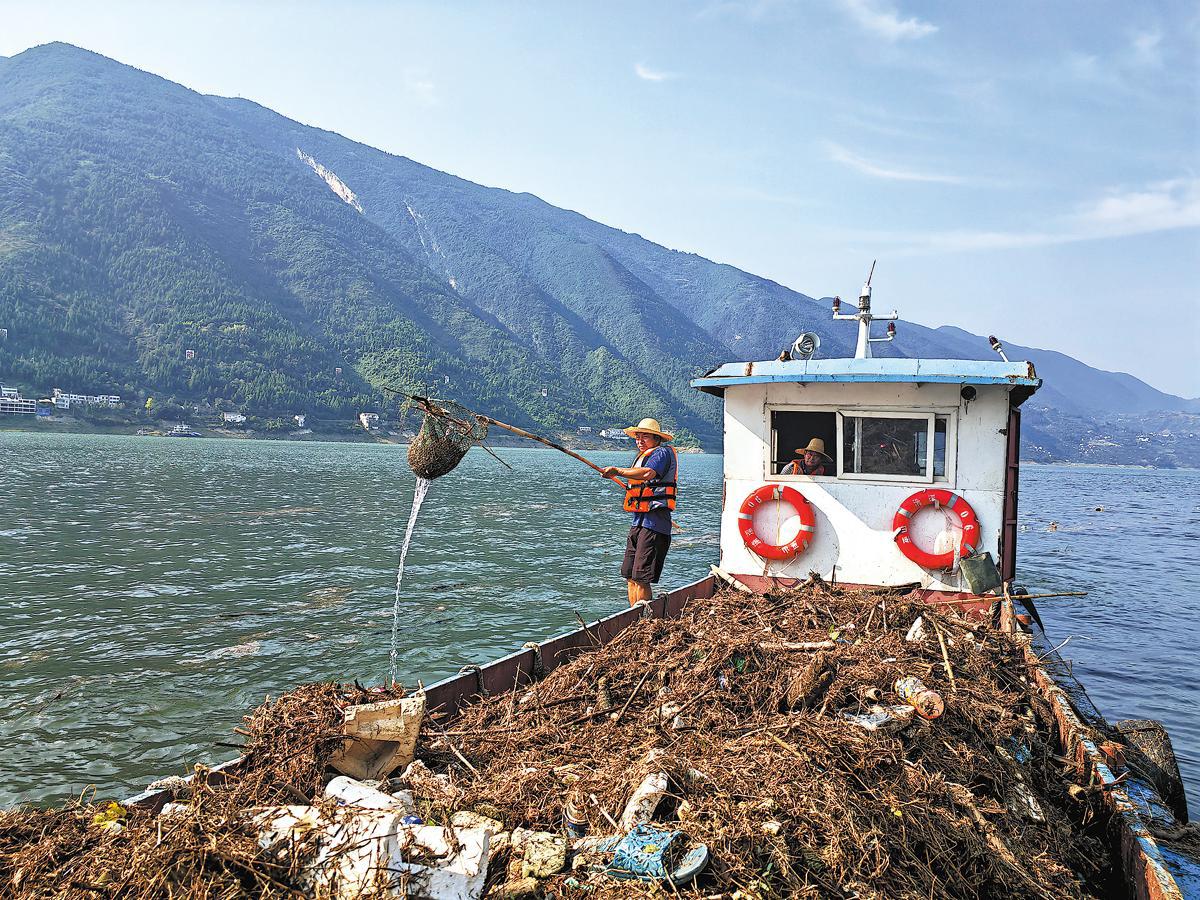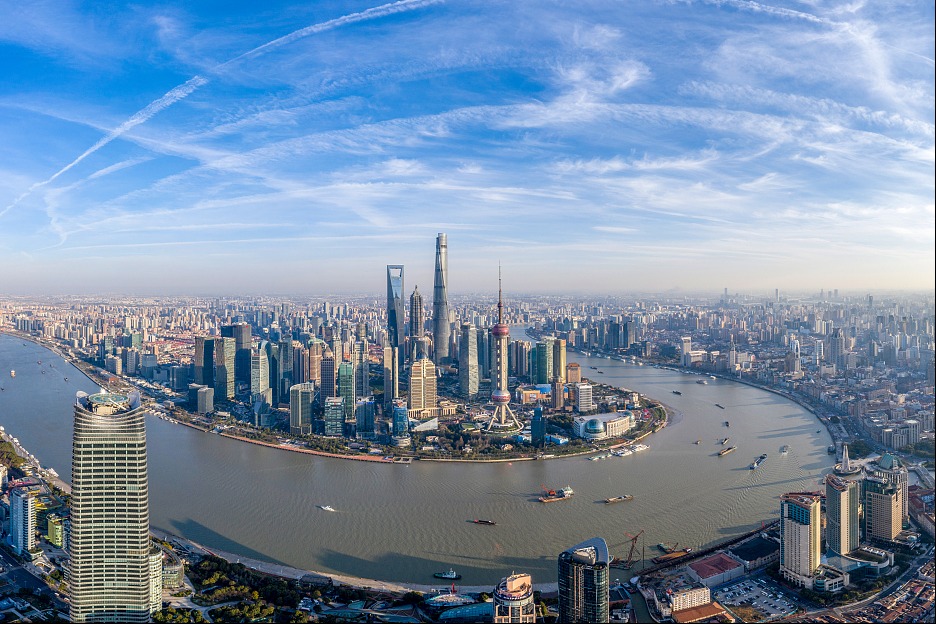River cleaners keep Yangtze waters clear
Workers in Wushan county ply Asia's longest river so all goes smoothly downstream


Wei explained that high phosphorus concentration is mainly caused by human activities. Phosphorus originates from various sources such as agricultural runoff, industrial effluents and urban sewage discharges. A range of products, such as fertilizers, pesticides and soaps, contain phosphorus. When wastewater from these products is discharged directly into water bodies without sufficient filtration, it can lead to an increase in phosphorus levels.
Phosphorus serves as a crucial nutrient for microorganisms. Nevertheless, excessive phosphorus levels in water can trigger eutrophication, fostering the excessive growth of algae and other planktonic organisms. This can lead to severe repercussions, such as a decline in dissolved oxygen levels, degradation of water quality and substantial mortality among fish, Wei said.
Chen Peng, deputy head of Wushan county's ecology and environment bureau, said that given the critical environmental and ecological significance of the Yangtze River, a comprehensive set of measures focusing on bank governance, soil and water conservation, and sewage discharge control has been implemented to manage phosphorus inflow.























